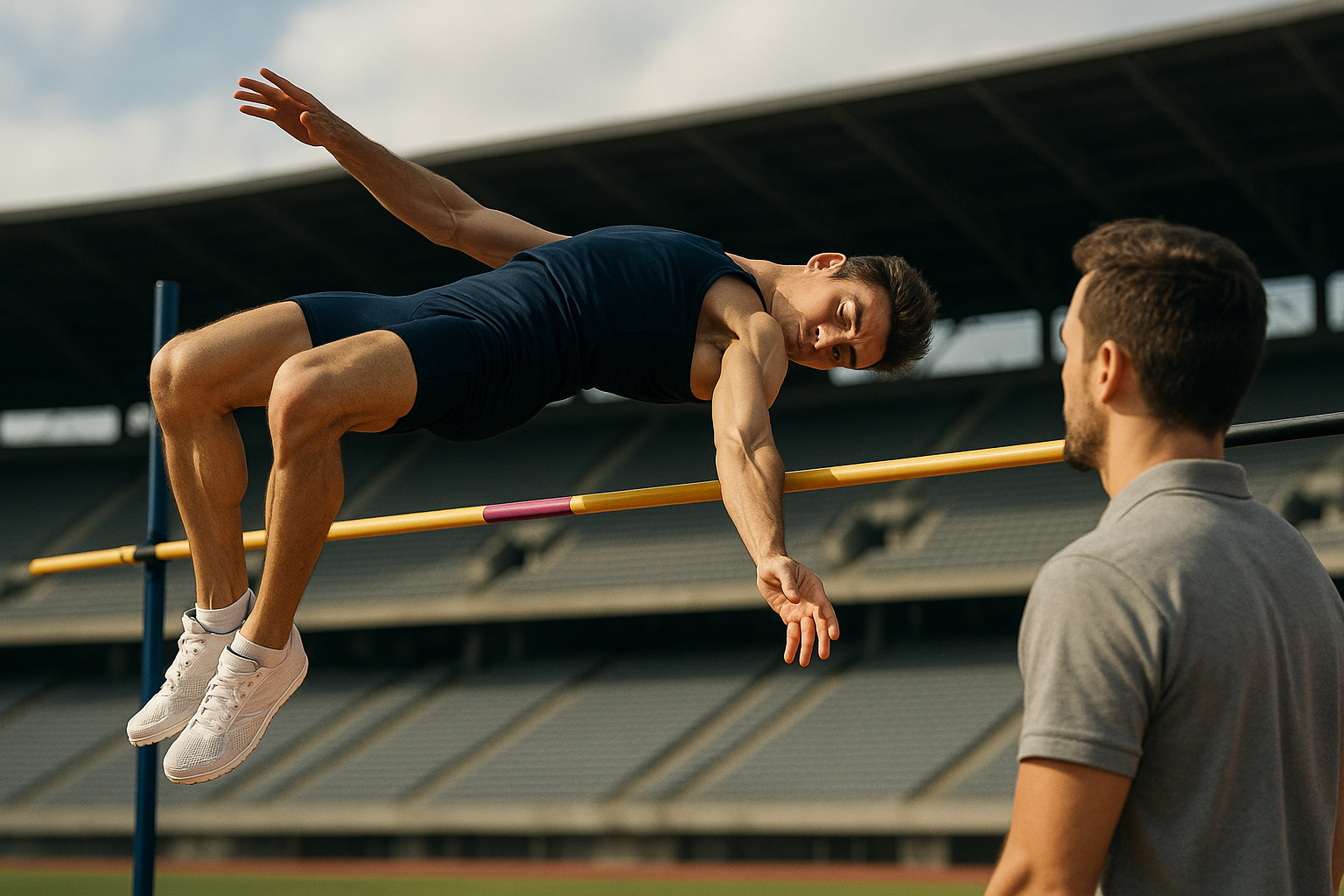Breaking Down the Biomechanics of High Jump: Elevating Athletic Performance
The high jump, an event that marries grace, power, and precision, has long been a captivating spectacle in the world of athletics. Soaring above a horizontal bar at dizzying heights, high jumpers exemplify human potential, pushing the limits of their physical capabilities. This article delves into the biomechanics of the high jump, exploring its evolution, current trends, and the science behind this extraordinary sport.

The High Jump: A Leap Through History
The high jump has been a key feature of athletic competitions since ancient times. Originating in the Olympic Games of ancient Greece, the sport has evolved dramatically over the centuries. From the rudimentary ‘scissor’ technique to the revolutionary ‘Fosbury Flop,’ the high jump has continually adapted, driven by athletes’ quest for superior performance.
The Science of Soaring: Biomechanics of the High Jump
The high jump is much more than a test of athleticism—it’s a testament to the marvels of biomechanics. It requires a complex interplay of speed, strength, coordination, and technique. A high jumper must convert horizontal running speed into vertical lift, a feat achieved through a carefully choreographed sequence of body movements.
The Fosbury Flop: A Game-Changing Technique
The Fosbury Flop revolutionized the high jump when Dick Fosbury introduced it at the 1968 Olympics. Named after him, this technique involves jumping backwards over the bar, with the athlete’s body curving over it. The method optimizes the center of mass, allowing athletes to clear greater heights while reducing the risk of injury.
The Art of Jumping: Training for the High Jump
Training for the high jump is a complex process. It involves a combination of strength and conditioning exercises, plyometric training, and drills to perfect technique. Despite the challenges, the rewards are immense, with athletes achieving new personal bests and pushing the boundaries of human performance.
The Future of the High Jump
The high jump is ripe for further evolution. As sports scientists gain a deeper understanding of the biomechanics involved and athletes continue to experiment with techniques, we anticipate an exciting future for this sport.
In conclusion, the high jump is a stunning display of human capability and the power of biomechanics. It represents the perfect blend of science and sport, showcasing how athletes can harness their physical potential to achieve extraordinary feats. As the discipline continues to evolve, we can expect more breathtaking performances, further elevating the world of athletics.




